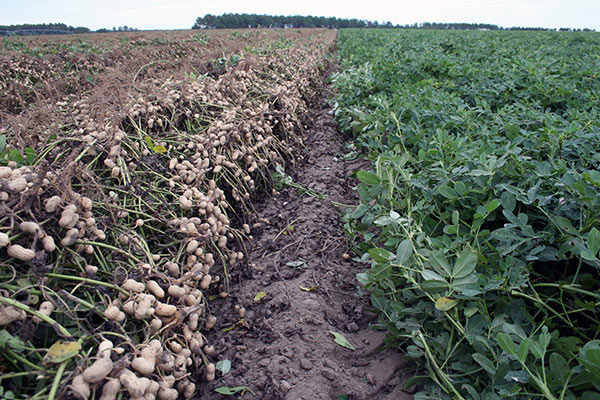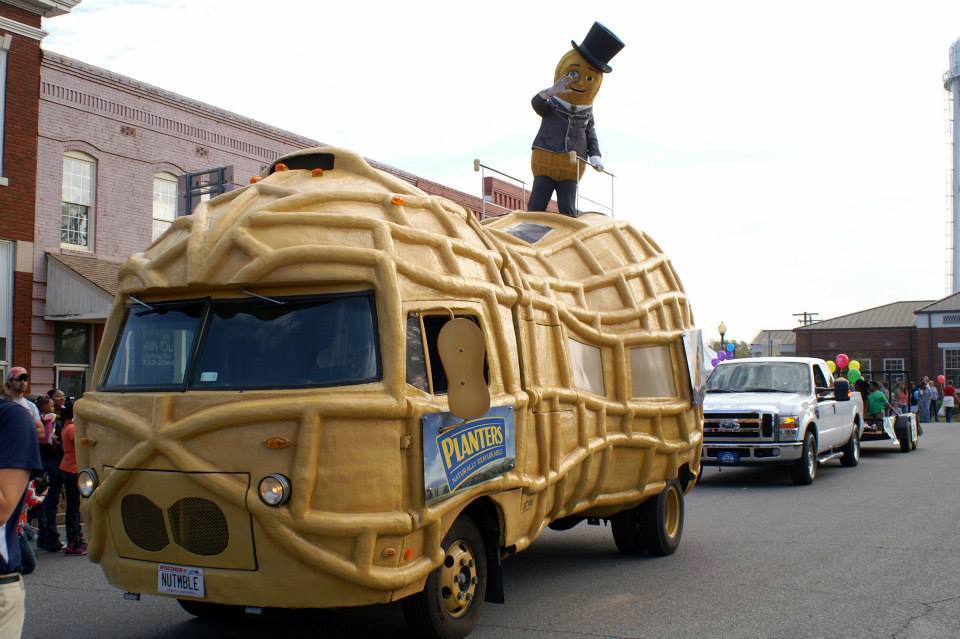

Planted peanut acreage is expected to increase in 2015.
By Clint Thompson
University of Georgia, College of Agricultural and Environmental Sciences
TIFTON — To better sustain Georgia’s future peanut production, a University of Georgia peanut entomologist is surveying Georgia farmers.
Notifications about the online survey were mailed directly to the more than 3,500 peanut producers in Georgia. The survey can be accessed online through a link on the Georgia Peanut Commission’s website at www.gapeanuts.com.
“Insects, while not a huge problem every year like they were in 2014, can cause significant economic losses each year,” said UGA peanut entomologist Mark Abney. “The more information that researchers and Extension specialists at the University of Georgia have regarding the major pest problems growers face, the better off we are.”
By knowing which pests growers are most concerned about, the standard practices growers use to control pests, and how well those control methods work, scientists like Abney can more effectively develop research and Extension programs to address the key questions and problems farmers face.

Abney said the survey should take 5-to-15 minutes to complete. It features questions about insect pressure, production practices that can influence pest populations and pest management practices used on individual farms.
“It’s very important for us to have that kind of information. For example, if only 10 percent of the peanuts in Georgia are being scouted, we need to know that when we write grants and ask for funding for Extension work to educate growers about the importance of scouting their peanuts. Being able to document IPM practices such as scouting is very important,” Abney said.
Along with questions related directly to insects, the survey includes questions about production practices such as tillage and irrigation that can impact pest populations indirectly. The effects of tillage and irrigation on burrower bug populations are also included on the survey.
Farmers who complete the survey will help Abney and his UGA colleagues understand what research and Extension work needs to be done and help them map patterns in pest activity across the state.
“The data we gather from this survey will help us better understand what practices contribute to the risk of insect damage. There are only so many trials that can be conducted at the university each year, and not all pests will occur in our research plots,” he said. “Everyone is very busy this time of year, and we appreciate growers taking the time to complete the survey.”




Be the first to comment